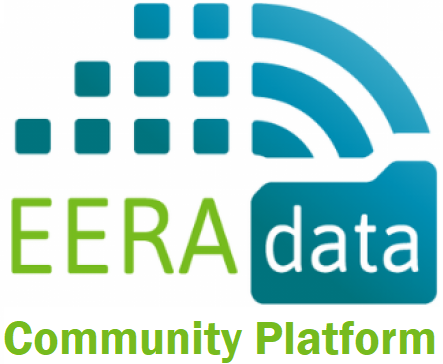What is metadata?
Metadata is “data that provides information about other data”. Metadata does not contain the content of the data, such as the text of a message or the image itself (see definition and history on Wikipedia).
Types of metadata include:
- Descriptive metadata: The descriptive information about a resource. It is used for discovery and identification. It includes elements such as title, abstract, author, and keywords.
- Structural metadata: Metadata about containers of data and indicates how compound objects are put together, for example, how pages are ordered to form chapters. It describes the types, versions, relationships, and other characteristics of digital materials.
- Administrative metadata: The information to help manage a resource, like resource type, permissions, and when and how it was created.
- Reference metadata: Information about the contents and quality of statistical data.
- Statistical metadata: Also called process data, may describe processes that collect, process, or produce statistical data.
- Legal metadata: Information about the creator, copyright holder, and public licensing.
Read more about:
